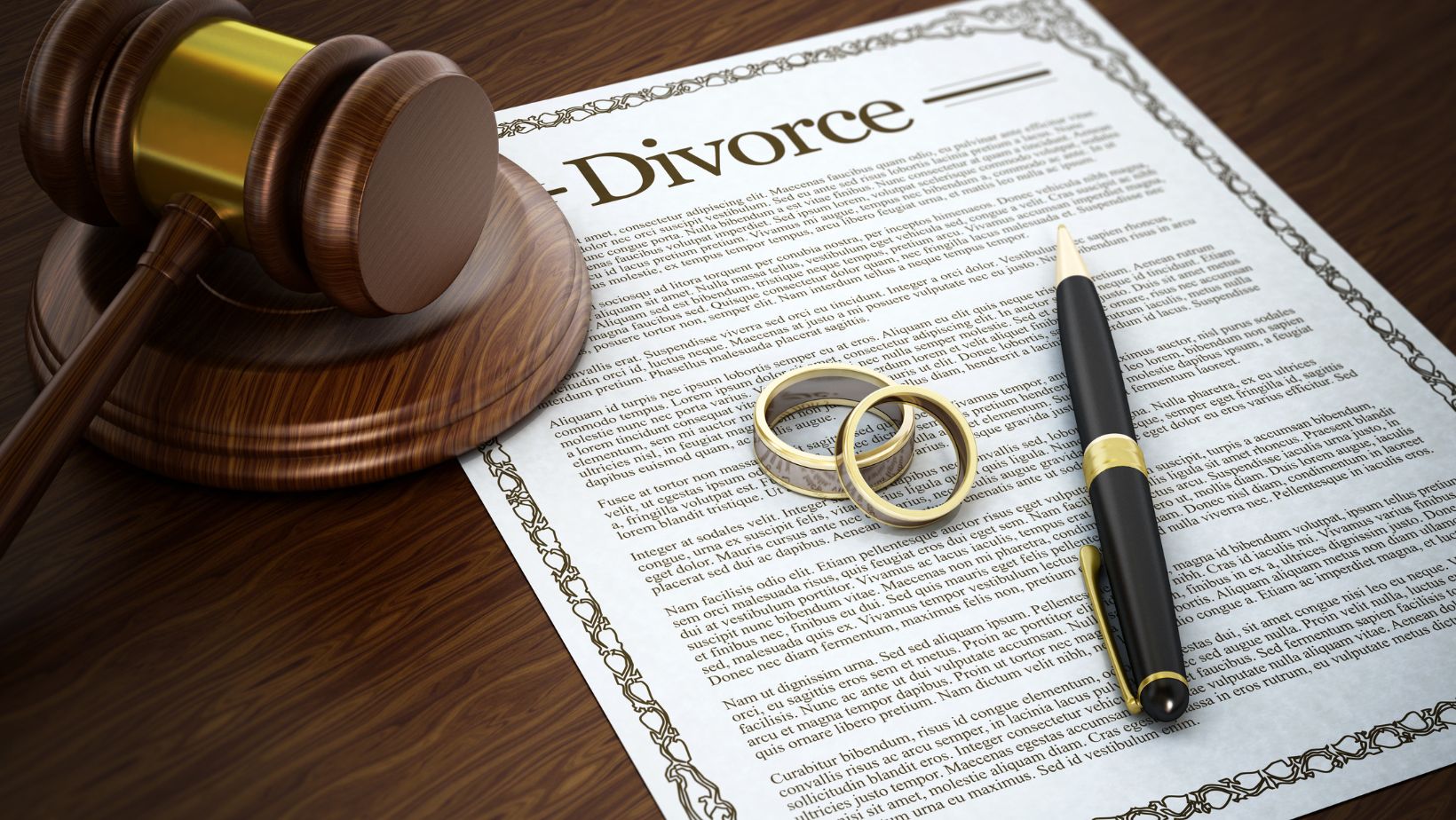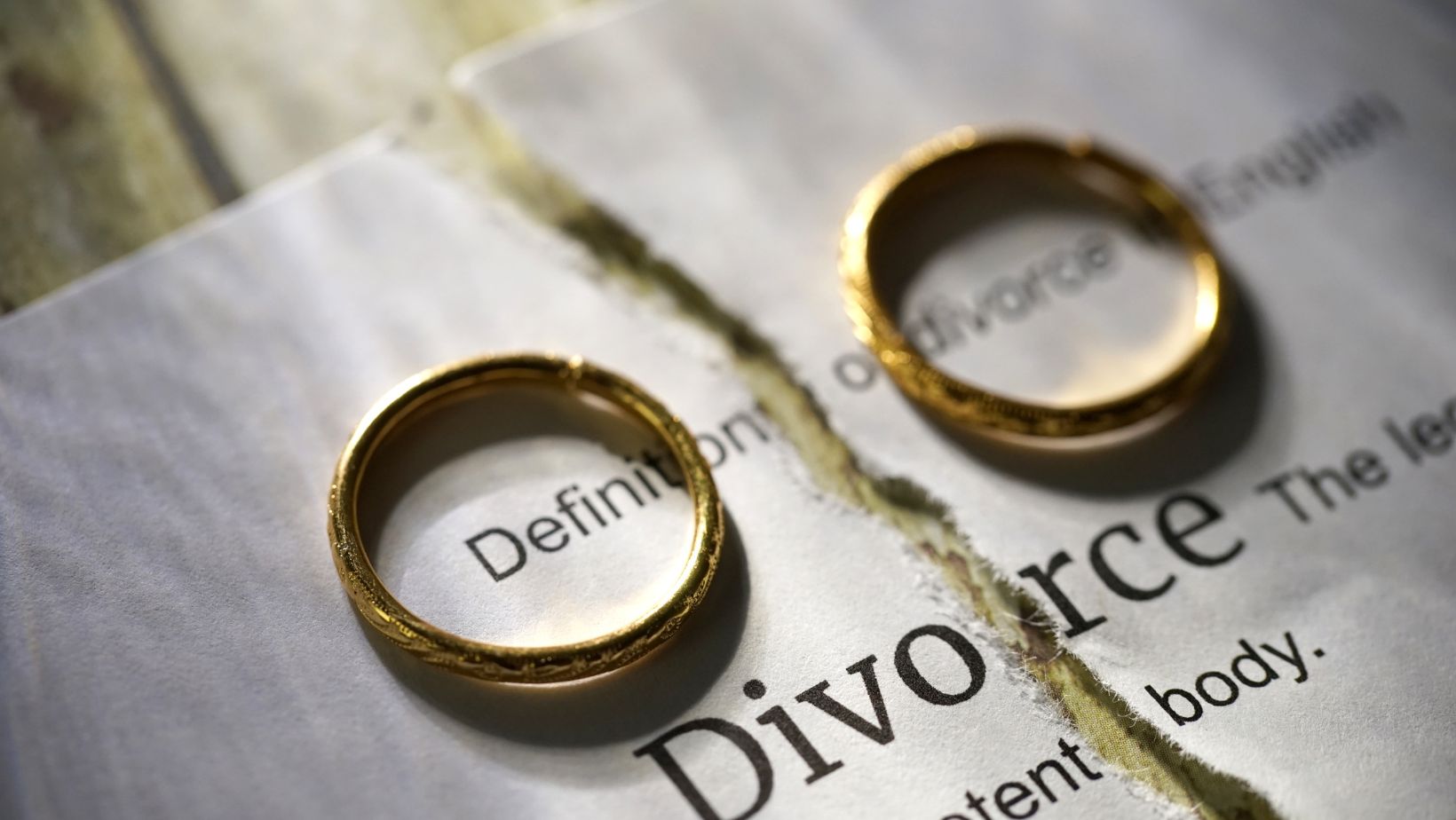Working with an uncontested divorce attorney can significantly simplify the divorce process. Uncontested divorces occur when both parties agree on all significant issues, such as asset division, child custody, and alimony. Although the process can be smoother than a contested divorce, it’s still essential to understand the steps involved to ensure everything is handled correctly. We will explore the step-by-step process of working with an uncontested divorce attorney and provide insights on what you can expect during the journey.
Contents
Table of Contents
ToggleInitial Consultation and Case Evaluation
The first step in working with the Law Office of Michael Ephraim In Fairfax is scheduling an initial consultation. You will meet with the attorney to discuss your situation during this meeting. This is a crucial time to ask questions, clarify concerns, and understand how the attorney can help. Typically, the attorney will assess your case, including the complexity of the divorce and whether all necessary issues agree with your spouse. Considering the circumstances, they will guide you on whether the uncontested route is the best option for you. If both parties have already agreed on the key aspects of the divorce, the attorney will help you move forward smoothly. If not, the attorney may suggest options to help negotiate terms without going to court. The initial consultation is an opportunity to establish rapport, gauge the attorney’s approach, and ensure they are well-suited to handle your case.
Document Preparation and Filing the Petition
Once you have decided to proceed with an uncontested divorce, the next step is preparing the necessary documents. Your attorney will assist in drafting the divorce petition, a legal document that outlines your requests, such as the division of property, spousal support, and custody arrangements, if applicable.

The petition must be filed with the appropriate court, and your attorney will ensure that all paperwork is complete and accurate to avoid unnecessary delays. In an uncontested divorce, both parties generally agree on the terms, making this process relatively straightforward. The attorney will also guide you on how to fill out any additional paperwork, including financial affidavits or settlement agreements, that may be required. Once everything is finalized, the petition will be submitted to the court, which a judge will review.
Negotiating Terms and Creating the Settlement Agreement
Though uncontested divorces typically involve both parties reaching agreements on key issues, the settlement phase is still an important part of the process. Your attorney will help negotiate the divorce terms, ensuring your interests are well-represented. In some cases, this may involve conversing with your spouse or their attorney to iron out the final details of property division, alimony, and child custody. During this stage, your attorney will be invaluable in guiding and protecting your assets, future interests, and overall well-being. Once the key issues are settled, your attorney will draft a settlement agreement outlining the mutually agreed-upon terms. Both parties will then sign this agreement and file with the court. The attorney will carefully review the terms to ensure they are fair and legally binding before finalizing the document.
Finalizing the Divorce and Court Approval
After the settlement agreement is signed, the final step is submitting the agreement to the court for approval. Since an uncontested divorce involves both parties agreeing on all significant issues, the judge typically approves the divorce without needing a trial or hearing. Your attorney will ensure the judge has all the necessary documents to make an informed decision and grant the divorce.

This may involve providing any additional evidence the court may require, such as proof of financial disclosures or custody arrangements. The divorce is officially finalized once the judge reviews the documents and approves them. The court will issue a final decree of divorce, which legally ends the marriage. In some jurisdictions, there may be a waiting period before the divorce is finalized, but your attorney will keep you informed of any necessary steps and timelines.
Post-Divorce Assistance and Modifications
Even after the divorce is finalized, post-divorce matters may require attention. For example, if there are minor children involved, issues such as child custody, visitation, or child support may need to be revisited down the line. In some cases, one spouse may need to seek modifications to the divorce decree due to changes in their financial situation or living circumstances. Your attorney will remain available for any post-divorce issues, helping you navigate modifications or enforce the terms of the settlement agreement. If a dispute arises after the divorce is finalized, the attorney can assist in resolving these issues amicably or, if necessary, through further legal action. They can also offer guidance on updating legal documents, such as changing your will or beneficiary designations, to reflect your new marital status.
Working with an uncontested divorce attorney can make the process of ending a marriage much more manageable, especially when both parties agree on the key aspects of the divorce. From the initial consultation to the final decree, each step is important in ensuring everything is handled fairly and legally. Throughout the process, the attorney’s role is to provide guidance, ensure all necessary paperwork is completed correctly, and protect your rights. While the process may seem straightforward, having a knowledgeable attorney can provide peace of mind and help you navigate the legal complexities. By maintaining open communication and adhering to the attorney’s advice, you can move through the process efficiently and confidently and start the next chapter of your life.

